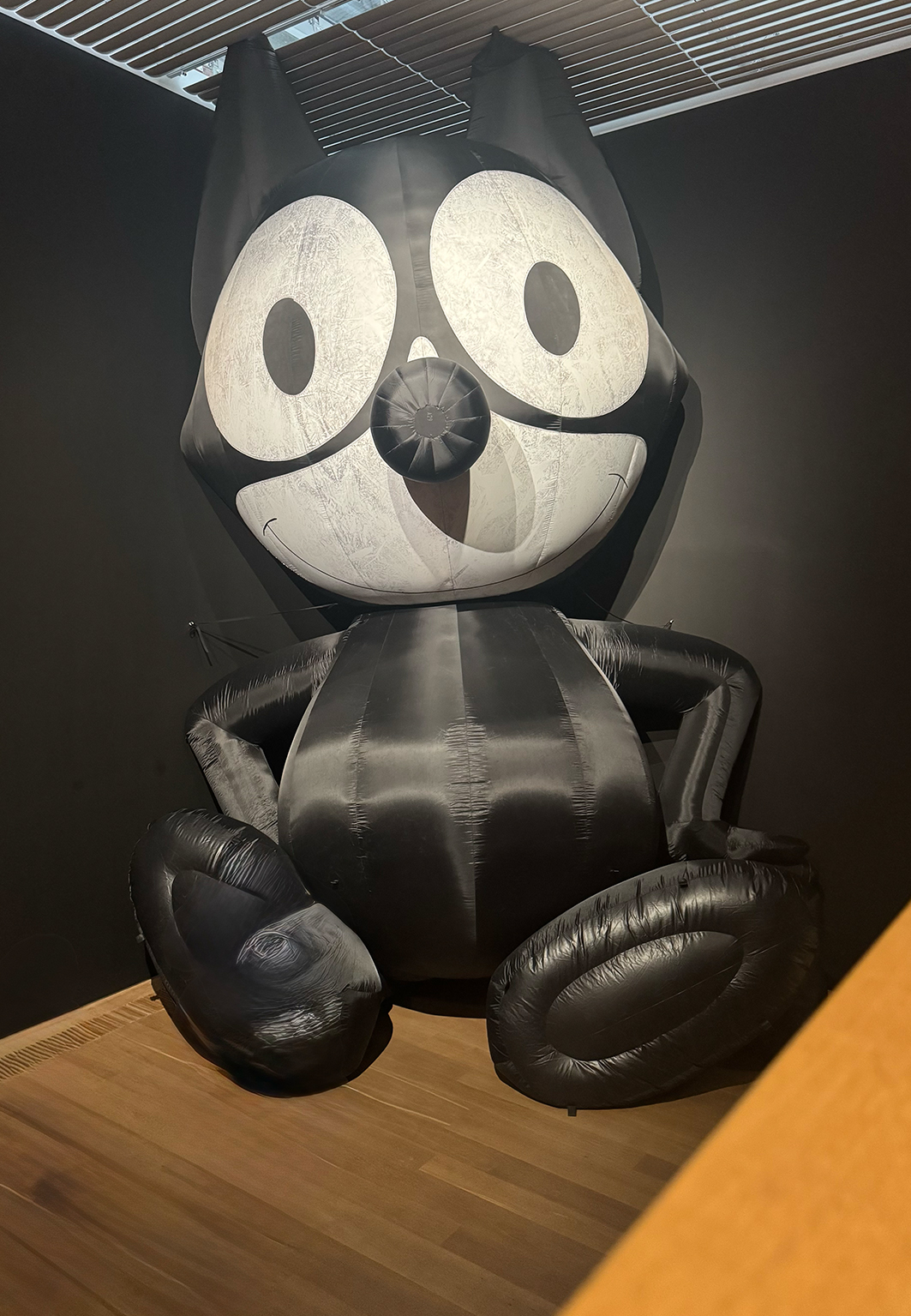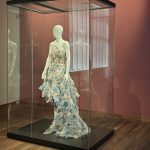Walking through Munich’s Kunstareal, a burst of colour catches my eye as a series of Felix the Cat posters smile back at me. The Museum Brandhorst, designed by Berlin-based architects Sauerbruch Hutton, stands out in soft pastels. Its façade of 36,000 ceramic rods glazed in twenty-three hues glowing gently in the daylight. The shades shift with every step, as if the building breathes colour.
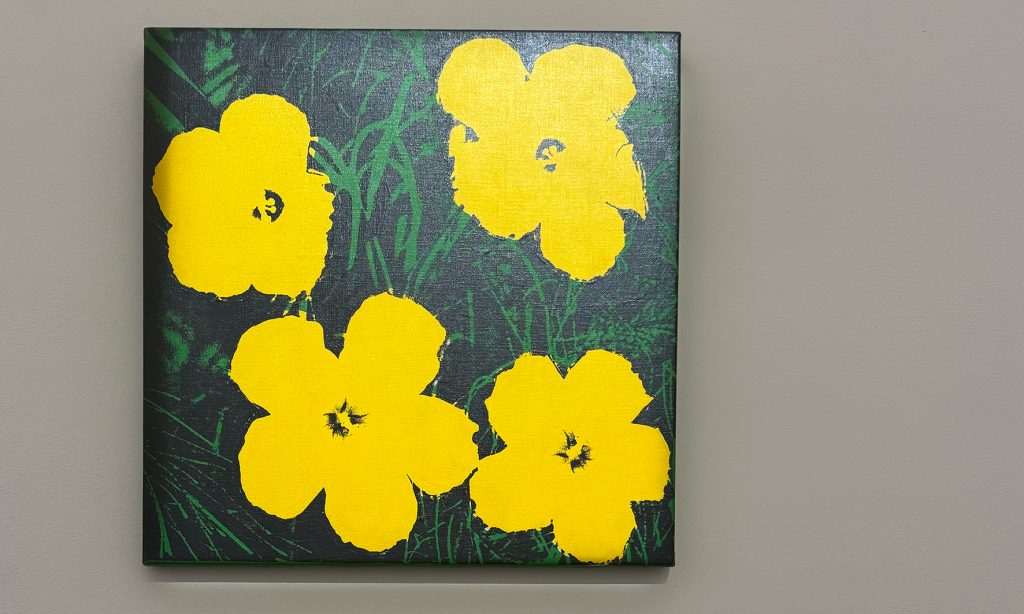
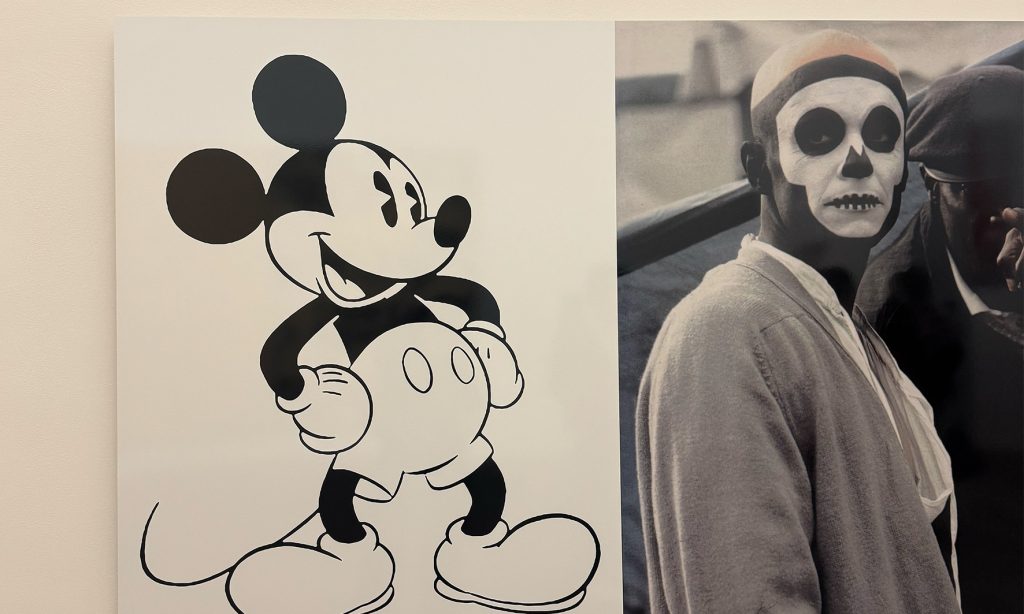
Andy Warhol Flowers (1965), Arthur Jafa Mickey Mouse was a Scorpio (2017), Brandhorst Museum
Inside, daylight streams through tall windows and a striking wooden staircase leads visitors through a contemporary collection. The legacy of Udo and Anette Brandhorst is visible in every room. In the corner, the giant inflatable Felix the Cat by Turner Prize winner Mark Leckey steals attention — he is so large that one of his ears refuses to stand upright. The museum houses over 2,000 works, including one of Europe’s most significant holdings of Andy Warhol and Cy Twombly.
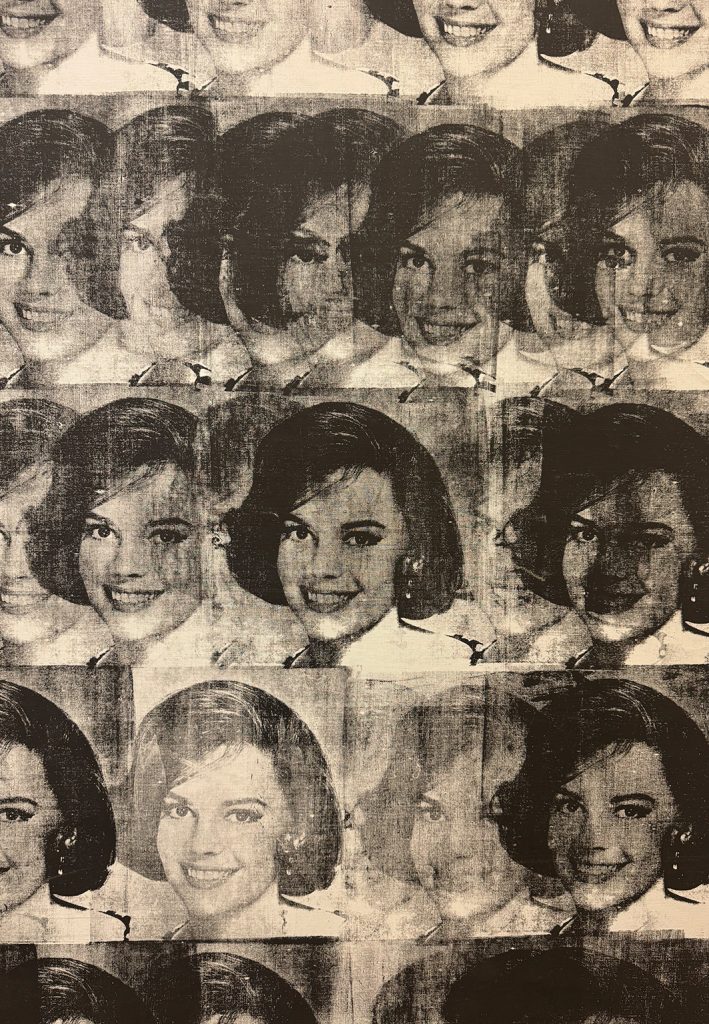
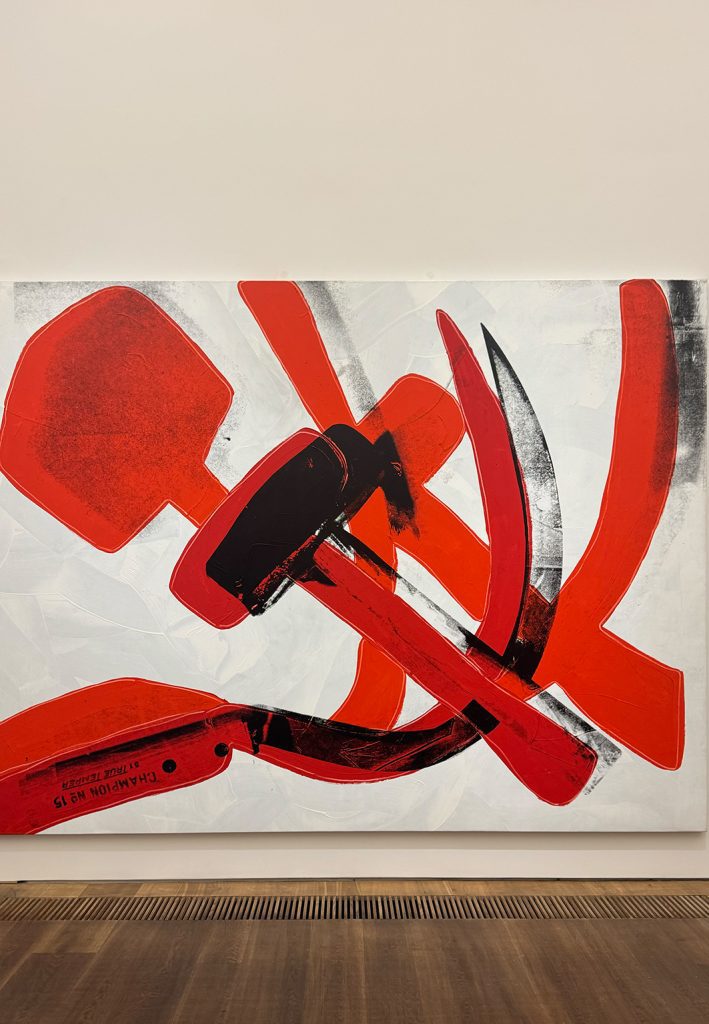
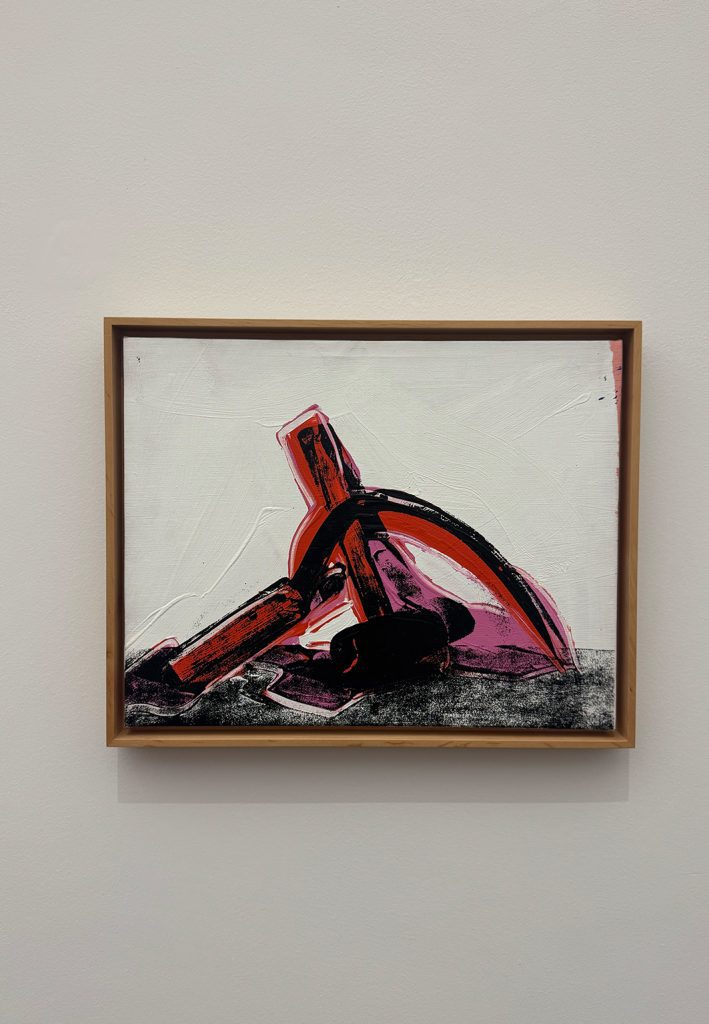
Andy Warhol, Hammer and Sickle (1967), Nathalie Wood (1962), Museum Brandhorst
While two current exhibitions fill the rooms, I keep returning to the playfulness of Felix and the quiet dialogue between old and new. Long Story Short offers art history in snapshots from the 1960s to today, while Confrontations brings together unlikely pairings. Some artworks are placed side by side to challenge, provoke, or simply let the eye wander. It’s a beautiful reminder that art doesn’t need harmony to resonate. Friction can be just as transformative.
All images are taken by the author, courtesy of Museum Brandhorst
Discover more at www.museum-brandhorst.de
